Low air quality and dryness can cause many issues.
If the air in your house feels dehydrated, a portable humidifier or a whole house system can be the answer.
This article discusses the technologies and types of humidifiers, answering some frequently asked questions. Read on to learn about the best appliance for your needs.
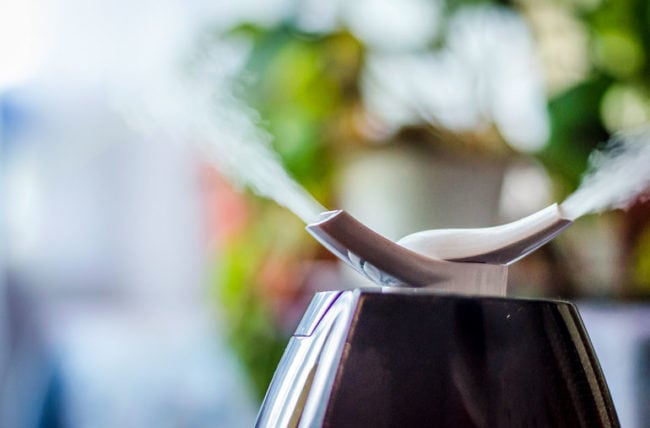
How Do Humidifiers Work?
Humidifiers enrich the air with water molecules. They are beneficial for:
- Houses with dry air
- During the winter months
- For people with respiratory diseases
Maintaining the right humidity levels is essential for your health, well-being, and your house’s overall environment.
Forty to 60% is the ideal humidity for indoor air, and there are risks on both ends outside this range. Dry air can cause health problems and furniture breakage, while excess moisture might incubate mold and dust mites.
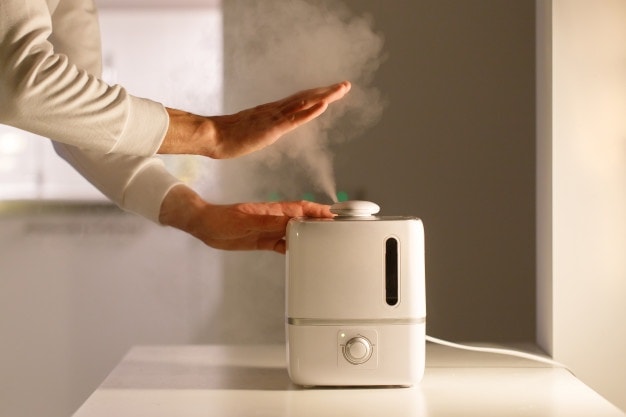
Winter months usually cause the indoor air quality (IAQ) to drop because of the heating system, so adding humidity is essential for reaching the ideal balance. Humidifiers accomplish this by dispersing water molecules into the environment.
Two large categories of humidifiers exist:
- Whole house systems – installed near the central heating unit in your house and works in conjunction with the furnace
- Portable appliances – filled and plugged in for one room
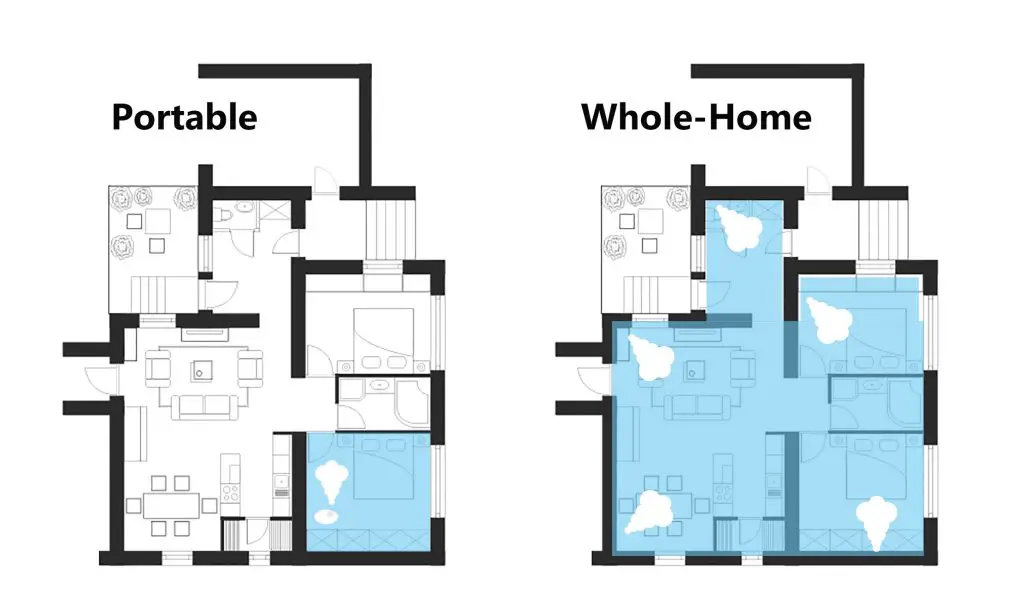
The technologies used throughout the whole house and portable types work through one of the following:
- Vibrate or rotate an element to create smaller water droplets
- Pass the air through a moist wick filter and into the atmosphere
- Boil and vaporize the liquid
However, no matter the technology, all humidifiers serve the same purpose: to disperse water particles into the air for a better IAQ.
How Humidifiers Work
Cool mist filter humidifiers draw the dry air into the tank. It passes through the soaked wick, receives water particles, and is released into the air through a fan.
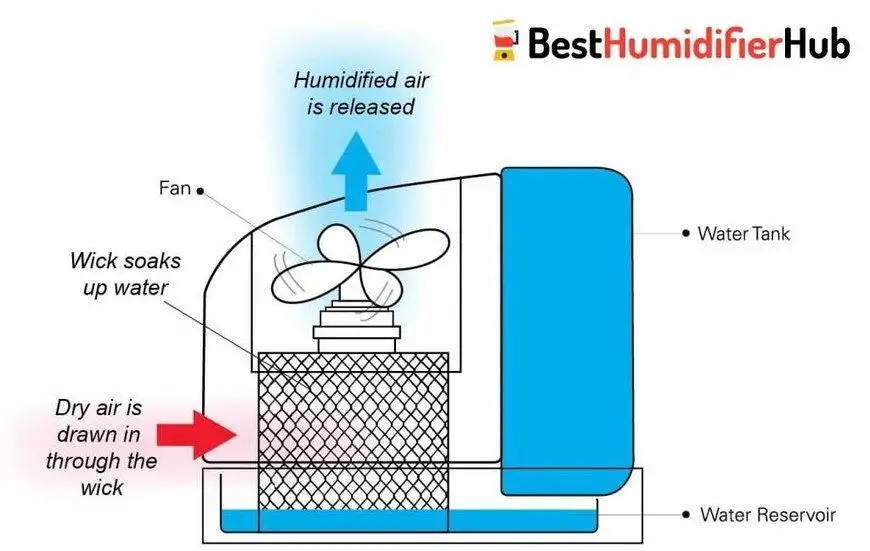
How Does a Bypass Humidifier Work?
Bypass humidifiers are a type of whole-house solution. The warm air goes into the duct through the furnace and out of the system again. As it uses the whole house system’s blower motor, it doesn’t need extra electricity to operate.
This type is easy to use, as it’s quiet and flushes the mineral buildup automatically. With little to no maintenance and no electricity bill attached, it’s one of the most inexpensive options.
How Does a Whole House Humidifier Work?
As a part of your house airflow arrangement, whole house humidifiers are highly efficient and easy to control. They connect to the water and heating system, providing your house with as much humidity as needed.
Regulating the amount is as easy as changing the control setting on the thermostat.
Inside the whole house humidifier is one of the following three technologies:
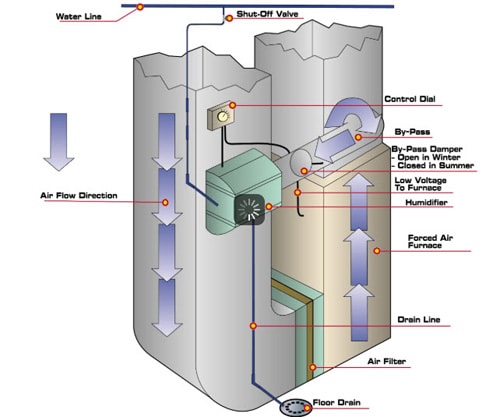
- A humidifier pad
- A rotating drum
- A steam system
As long as your furnace is running, the air enters the system, gets enriched with water particles, and exits it, moving into your house’s airflow.
This system doesn’t need much maintenance, which is one of its advantages over the portable ones.
A yearly cleanup might be enough for it to run successfully.
How Does a Furnace Humidifier Work?
Furnace humidifiers connect to your house’s hot air supply and water system. They use the power of your heating arrangement to deliver moisture to all the rooms.
There are three types of furnace humidifiers: flow-through, reservoir, and steam.
Clean water flows through the first type and drains away via pipes.
The reservoir type has a tank with a rotating drum. Much like the portable variation, the mounted whole house repository humidifiers use the disk’s rotation power to create small water particles.
Steam humidifiers, as the name suggests, boil the water and produce vapor. It moves to the furnace’s airflow system.
How Do Ultrasonic Humidifiers Work?
Every humidifier type uses some technology to break down the water into smaller particles.
Ultrasonic variety is a portable tabletop appliance with a ceramic element (called a diaphragm). When the gadget is operating, it vibrates to turn the liquid into a mist. The vibration sends the droplets into the air.
Because of the simplicity, the gadgets can be tiny and efficient. Besides the fact that they don’t create any heat, ultrasonic humidifiers are much quieter than other types. Moreover, the soothing white noise sound they make can help you fall asleep.
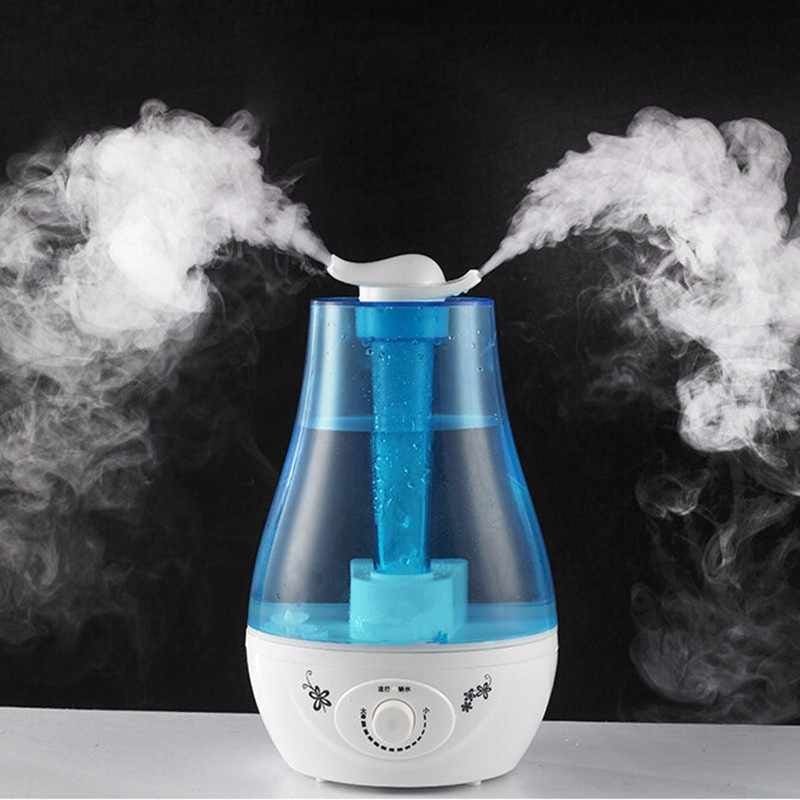
How Does a Cool Mist Humidifier Work?
A cool mist humidifier is a general category of appliances that moisturize the air without boiling the water inside the tank. These gadgets use one of the following three methods: ultrasonic (as described above), evaporative, and impeller.
The impeller type, in contrast to the ultrasonic one, uses a rotating disc to break up the water into molecules, which pass through a diffuser and end up in the air.
The evaporative variation uses a fan to draw air into the gadget and push it through a wet wick filter. The airflow, enriched with water particles, goes back to the environment.
Usually, cool mist humidifiers are recommended for bedrooms and nurseries, as they are safer while being used. They also pose less risk of mold accumulation.
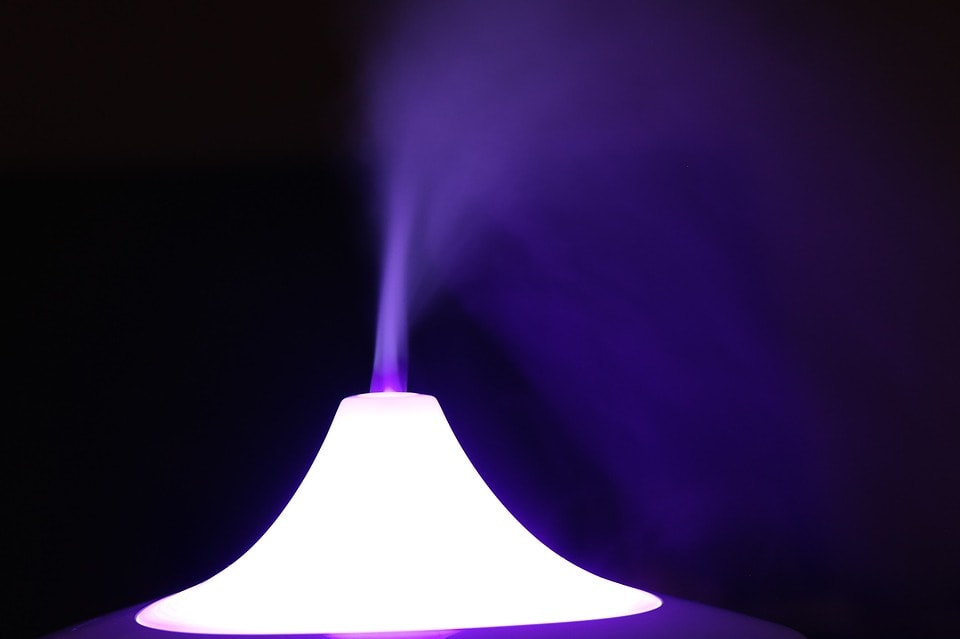
Conclusion
To sum up, a humidifier’s primary purpose is to push water droplets into the air, making it softer. These appliances come in two main types: whole house and portable. Both use three technological solutions to break water down into smaller particles.
Humidifiers are essential in dry climates and during the winter months.
People Also Ask
Our article has touched upon the variety of humidifiers and their functionality. However, there’s more to know about the appliance before you buy one. Here are a few questions we’ve singled out for you. If you need more information, check out other articles on our website.
Maintaining your appliance is essential for its longevity and efficiency. Don’t let the water sit in the tank when you’re not using it to avoid mold and mineral buildup.
Clean it at least once a week with a vinegar, bleach, or hydrogen peroxide solution. Make sure to change the filters as often as indicated in the user manual.
To start a humidifier, you only need to fill it with water and plug it in. However, experts advise leaving the appliance to run for about 11 to 16 hours a day. Keep in mind that the length of operation/efficiency depends on your room’s size and gadget capacity.
While running non-stop, a humidifier will use up the water inside the tank in about 24 hours. However, we recommend changing the water in the tank every day, even when you don’t leave it running all the time.
Especially with warm mist humidifiers, the water can become an excellent breeding ground for bacteria and mold. Rinse and refill the tank once a day to avoid harmful outcomes.
